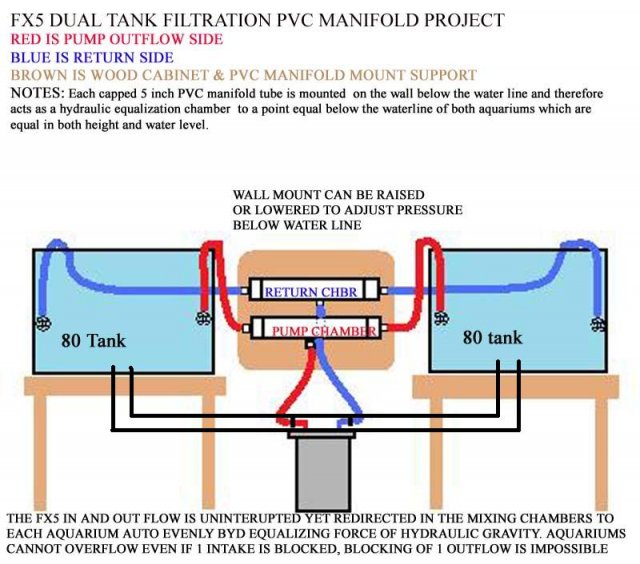ks..will be nice to see..though not comparable to a real system.
Just think about it for a while...if the back pressure from one was 20 and the back pressure from the other is 17...but the pressure from the pump was 35...some would flow each way.
Yes, electricity likes to flow the path of least resistance....but it will flow in multiple directions Gunner..if it didn't, parallel circuits would never work. More will flow thru the path of least resistance, but some will flow thru the high resistance path.
Unless the back pressure from the one tank equals or exceeds the pressure from the pump, there will be some flow..simple hydraulic and fluid flow theory.
Just think about it for a while...if the back pressure from one was 20 and the back pressure from the other is 17...but the pressure from the pump was 35...some would flow each way.
Yes, electricity likes to flow the path of least resistance....but it will flow in multiple directions Gunner..if it didn't, parallel circuits would never work. More will flow thru the path of least resistance, but some will flow thru the high resistance path.
Unless the back pressure from the one tank equals or exceeds the pressure from the pump, there will be some flow..simple hydraulic and fluid flow theory.






